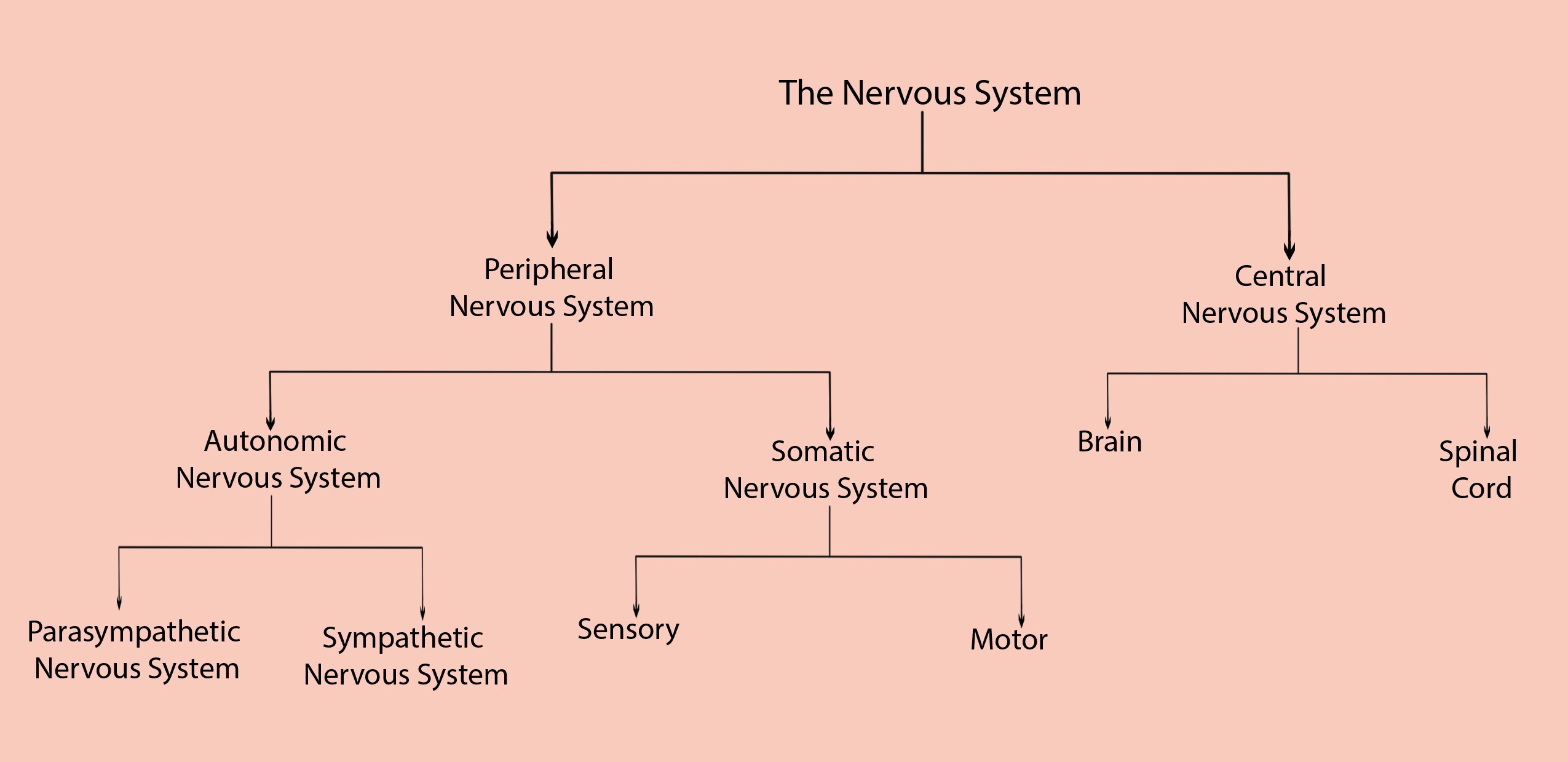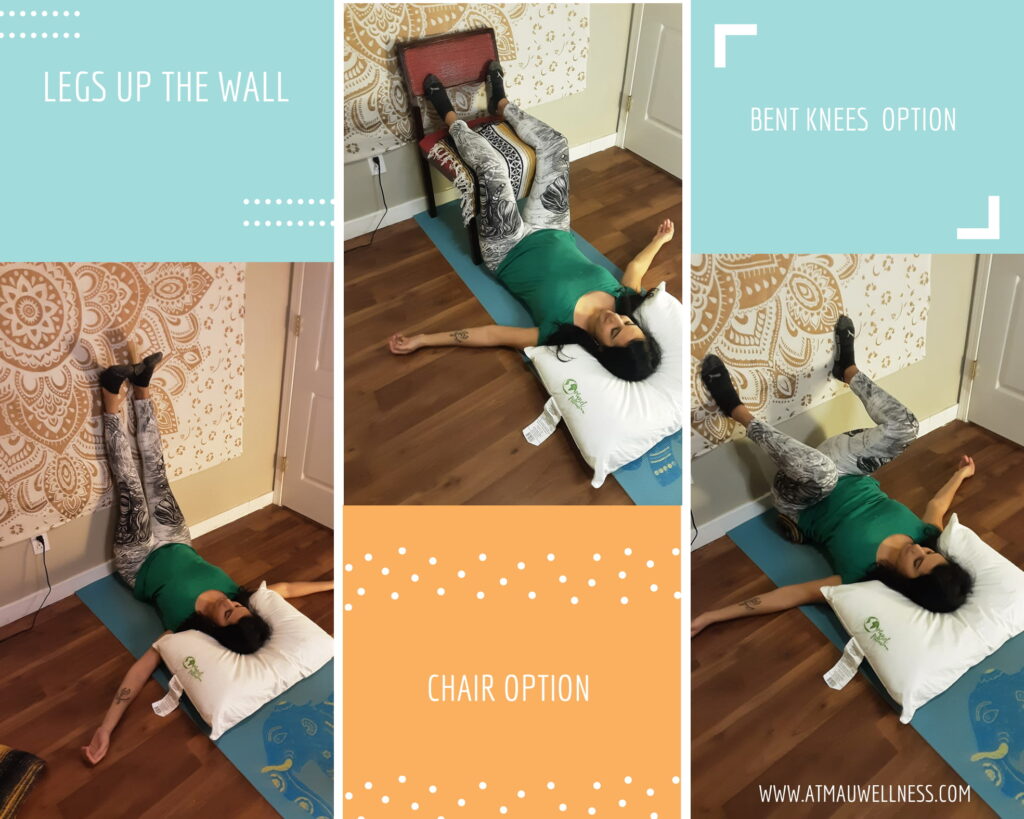Stimulating the Relaxation Response through A Mind-Body Approach
A major part of our human life seems to be spent in the sympathetic stress response. How can we elicit the relaxation response? Through yoga. The greatest contribution yoga has to offer modern health care is to help us induce the relaxation response to maintain and improve our physical, mental and emotional health. It is only when we are relaxed that we can truly heal ourselves.
The Stress Response
The sympathetic nervous system (SNS) helps us survive.Pantanjali, the author of Yoga Sutra-s, mentions 5 causes of suffering (klesha-s, see article Becoming Happier). The one discussed in this article is the fear of death (abhinivesa), which is the desire to survive at any cost. Within our bodies, this fear manifests itself through the sympathetic stress response which helps us effectively face the immediate threat.

The moment we perceive something as being a threat to our survival, the SNS kicks in and enables us to either fight or run away from the threat. The third response is a psychological freeze response. An example of this response can be found when we ask our students a question and they stare blankly into space.
The stress response is linked to a release of adrenaline and cortisol when we are in movement (spanda). We also need to explore its counter balance: the relaxation response, where we can replenish our resources. This can be seen as a deactivation of sorts (nishpanda). Our resources are usually burned up through the stress response and there is a need to rebuild them, to re-empower ourselves.
Some activities we find relaxing might include: drinking a glass of wine, sleeping, watching a movie, meeting friends, taking a bath, reading. But, how do yogis relax and how does it work physiologically?
Yoga Therapy
It is true that all yoga is healing and aims to develop a healthy awareness of the body, the mind, and the emotions. Yoga therapy (yoga cikitsa), is usually practiced one-on-one or in small groups and “[…] attempts to bridge a gap between biomedicine and the 5000-year-old system of yoga” (Deife, 2007, p.37). Various methods are used to actively engage the body’s natural relaxation response. This allows the body to experience a deep rest which helps reduce stress and improves quality of life. Some methods include: breath awareness, body scans, mindful movements, bilateral stimulation.
When practicing yoga, there is no quick fix. It is about exploring what is right for us and taking into account the changes happening within our body as well as our surroundings. The idea of a single relaxation technique that works for everyone is a myth. Our bodies are not machines but rather a living and adaptable organism that is constantly changing. Therefore, “The right technique is the one that will resonate with you, fit you lifestyle, and will be able to focus you mind to elicit the relaxation response” (Robinson et al., 2020).
Therefore, finding a relaxation technique may require some trial and error. Once the techniques are found, the key element is to benefit completely is to practice regularly.
The Relaxation Response
During the relaxation response, there is an enhancement of multiple functions related to the physical, emotional, and mental bodies. Systems are brought back into a state of balance: homeostasis (samatvam). The breathing rate, blood pressure, heart rate, and sensory awareness, systems which are activated during the stress response, are brought back into equilibrium. This equilibrium improves the sense of well-being as well as the ability to communicate effectively and manage life’s demands.
Stimulating the Relaxation Response through Positioning of the Body
When doing inversions, where our head is lower than our hearts, or laying down on our backs, we can “instantly reduce our stress, anxiety, and pain levels by promoting relaxation” (Reagh, 2017, p.38). Doing inversions or semi-inversions, such as legs up the wall or standing forward bends, for 10-15 min will induce the body’s relaxation response and stimulate the vagus nerve as well as the lymphatic system. These help eliminate waste and toxins as well as boost our immune system.


Stimulating the Relaxation Response through Lengthening the Breath
“From a psychophysiological perspective, we seek balance between our sympathetic and parasympathetic nervous systems. From a yogic perspective, we seek to balance the length and quality of our inhales and exhales, our left and right nadis (energy channels), and our three gunas (states of being): tamas (confusion), rajas (frenzy), sattva (harmony)” (Reagh, 2017, p.39)
Breath Awareness Practice: to do at home
Sit or lie in a comfortable position. Place your hands on your belly and become aware of the connection of the palms of your hands to your belly. You can place one hand on your belly and one on your chest. As you begin to breathe consciously, place your awareness on your breath rhythm. Notice and observe the length, the strength and the smoothness of the breath. Feel the cool air traveling into your nostrils and the warm air exiting your nostrils. As you continue to inhale and exhale, feel the connection of your hands on your body and notice the direction in which the breath takes them.
Now, focus on your inhales and exhales and bring them to an even rhythm. Inhaling for a count of 2 and exhaling for a count of 2. Explore the capacity to increase or decrease your inhales and exhales equally (3:3, 4:4, 5:5, 6:6), maybe by increasing the breath by one until you get an easy, long, smooth breath. The goal here is no stay present with your breath and, through equal length in inhales and exhales, create balance in the autonomic nervous system.
Summary
We can better understand the multitude aspects of stress through our awareness of the stress response, the relaxation response elicitation and adaptive strategies. We can learn to live a healthier lifestyle based on healthier behaviors. We cannot avoid stress; however we can change our perspective and promote growth and resiliency within ourselves—that is the ability to manage life. When we build resiliency, we empower ourselves to come back to normal whenever we are thrown off balance.
When we, as an individual, can consciously make the choice to elicit the relaxation response, we start to live life on our own terms. At this stage, we start to become more ourselves and we start to manifest the inherent potential that is within us which results in bountiful abundance.
Where the mind goes, the energy (prana) goes.
By Mélanie Ruffié RYT-500, 1000-hour Certified Yoga Therapist Trainee and a Certified Pastry Chef
References:
- Deife, J. (2007, March 22). Is Yoga Medecine? LAYOGA.
- Reagh, M. (2017). The Relaxation Response: Yoga Therapy Meets Physiology. YogaTherapyToday, 13(3), 38-39
- Robinson, L., Segal, R., Segal, J., & Smith, M. (2020, September). Relaxation Techniques for Stress Relief. Help Guide.


Pingback: Becoming Happier – atma U Wellness